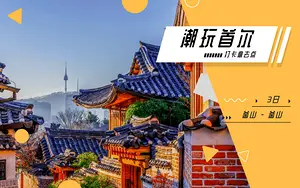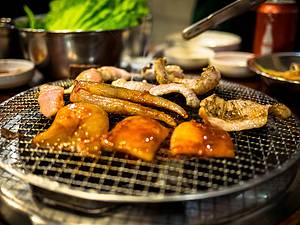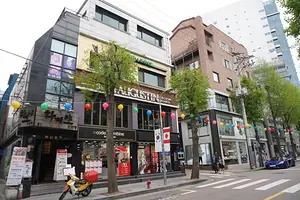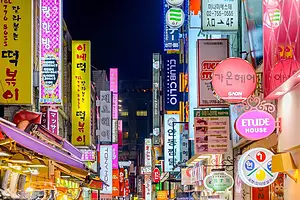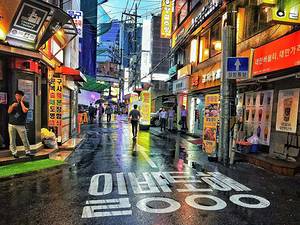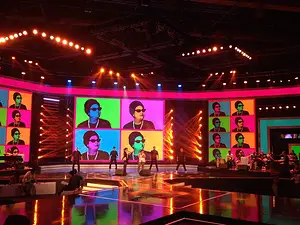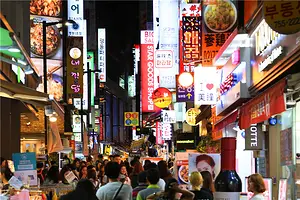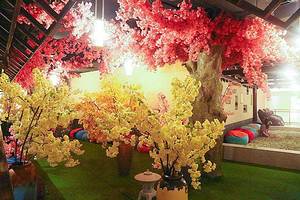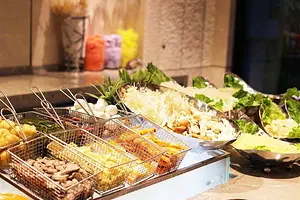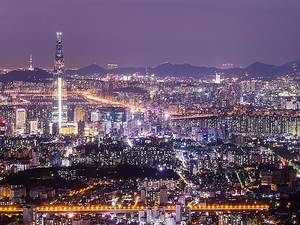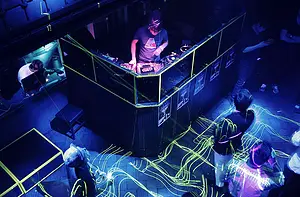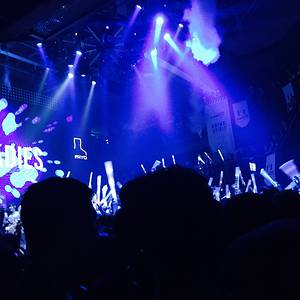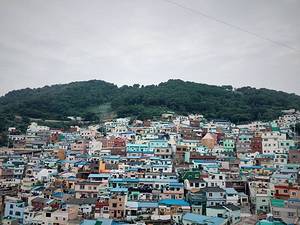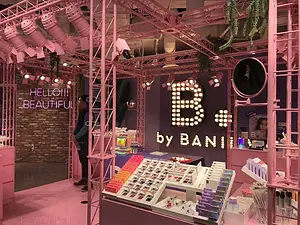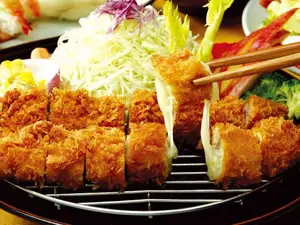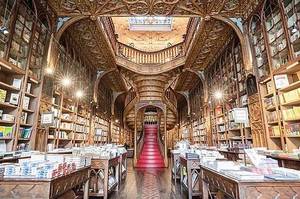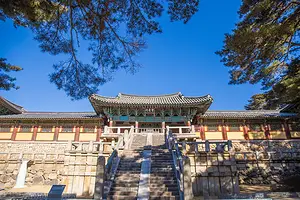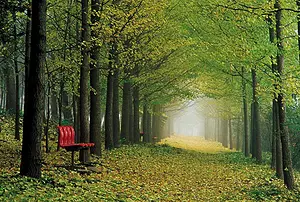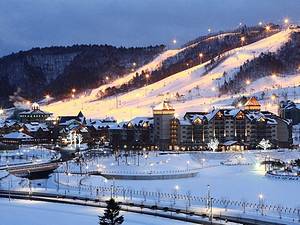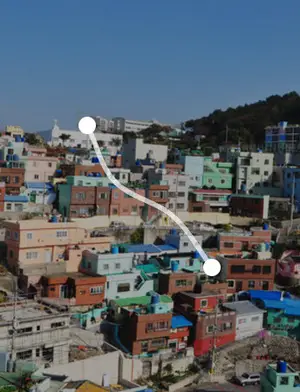Deoksugung, A Blend of Traditional Charm and Modern Elegance
99 Sejong-daero, Jung-gu, Seoul, South Korea (Jung-dong)
4.1
Introduction
Deoksugung Palace is located on a busy street in the center of Seoul, known for its distinctive stone wall road. The palace was originally the residence of Prince Hansan (1454-1488) and later renamed as Jingyun Palace by King Gwanghaegun (1575-1641), creating a unique landscape. Jungheon Hall, with two dragons on its roof, serves as the main hall, showcasing ancient history and culture. Jeongjojeon Hall is where King Gwanghaegun and King Injo (1595-1649) held their coronations, with a plaque personally inscribed by King Gwanghaegun. Hyeonjeongjeon Hall is the king's bedchamber, praying for the eternal peace of the king, now converted to the Emperor's room to the east and the Queen's room to the west. Seokjojeon Hall, along with Jeonggwanheon Hall, is the only surviving Western-style architecture in Gyeongbokgung Palace. Originally built by the British and completed in 1910, the Eastern Annex now serves as a museum of palace relics, while the Western Annex serves as a branch of the National Museum of Modern and Contemporary Art. Address 99 Sejong-daero, Jung-gu, Seoul, South Korea (Jung-dong)
Opening hours Tuesday-Sunday, from 9:00 to 21:00, ticket sales stop 1 hour before closing.
Transportation You can take subway Line 1 or Line 2 to the Municipal Hall station, and walk for 2-5 minutes after you get off the subway to arrive.
 Finally experienced Korean traditional culture
Finally experienced Korean traditional culture